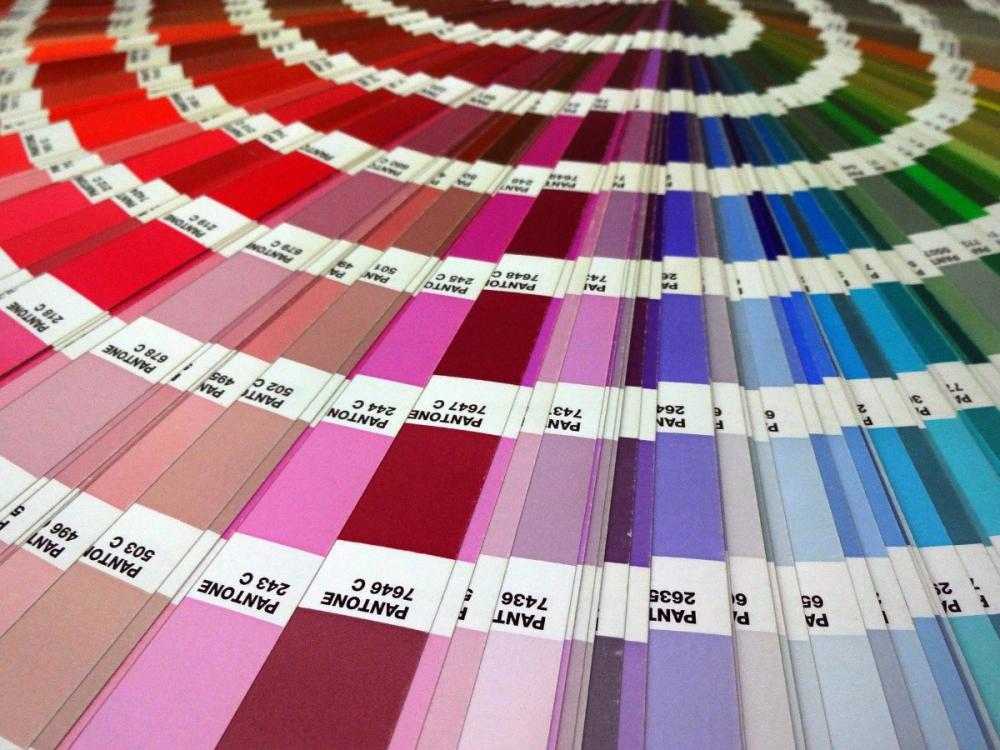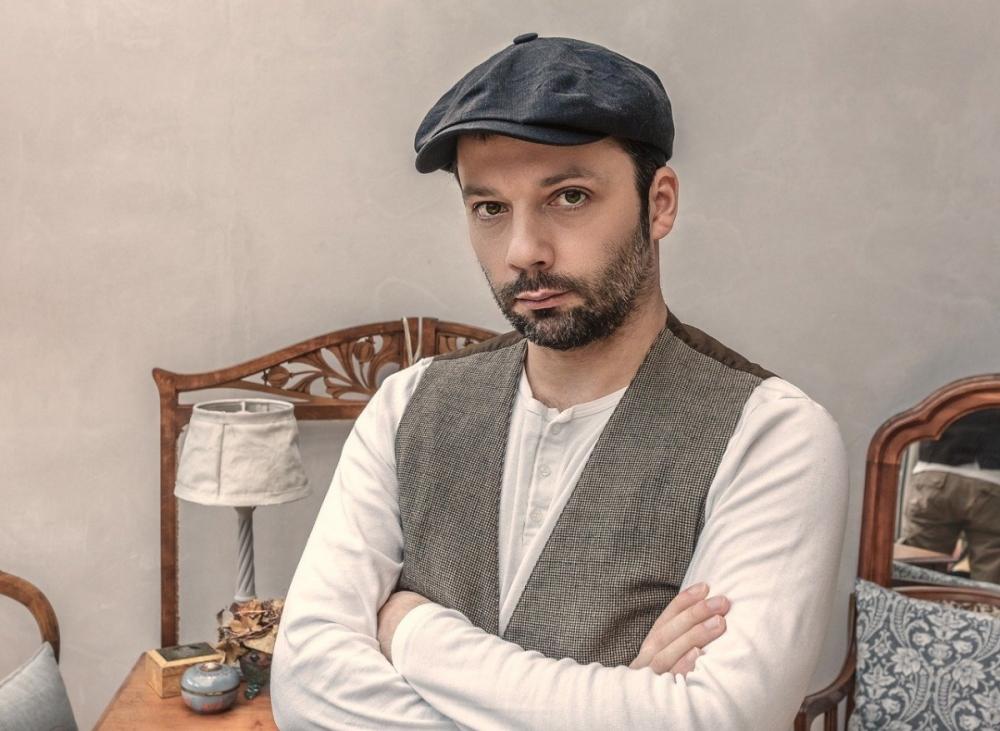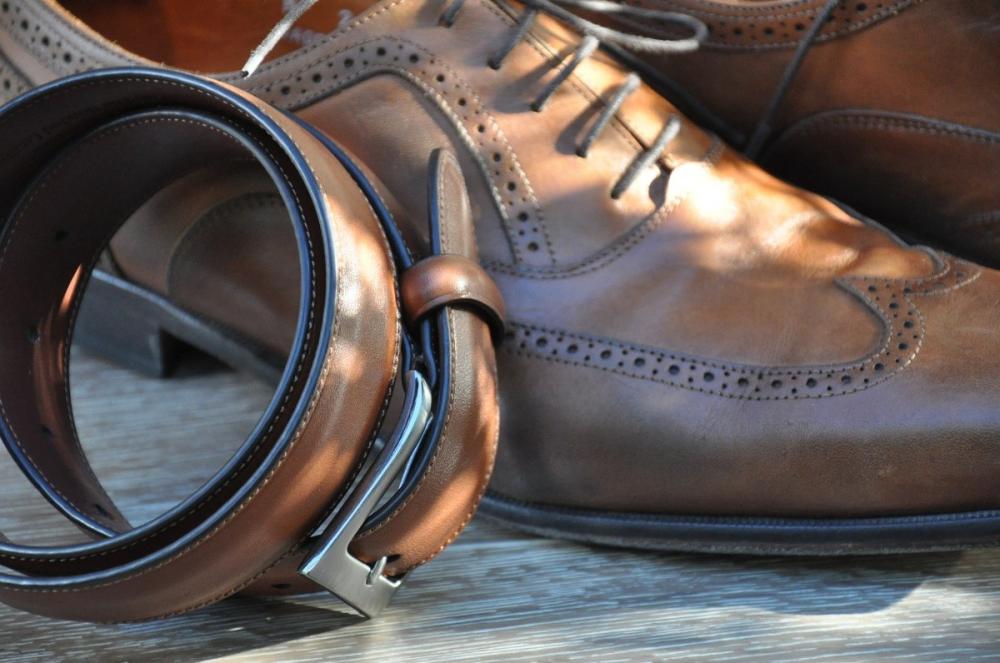search
date/time
 | Yorkshire Times A Voice of the Free Press |

Andrew Palmer
Group Editor
2:30 AM 16th August 2020
business
The Business Interview: Personal Stylist Sarah Gilfillan
.jpg)
Sarah Gilfillan
I had been working on confidence building and improving presentation skills with a client and at the end of the session, as we were planning the next one, I was asked: "How can I dress with confidence?”
Moments later, I logged on to my weekly Janet Murray ‘Build your Own Audience’ programme, and as we virtually networked, I spotted personal stylist, Sarah Gilfillan, and immediately tapped into her knowledge.
It was also opportune as I had been flooded with
questions about providing camera tips for holding Zoom or Microsoft Teams meetings. What should people wear and how can they remain confident and comfortable?
Just a flavour of some of the questions I'm frequently asked. Sarah had some great tips.
I then go away and put all the information together in a personalised report. This gives them a blueprint to work from and helps them to understand why some things work and some don’t.”
Chatting off and on-line with Sarah proved to be a fascinating discovery as well as a great learning experience. Before starting her own business, Sarah worked as a photographic stylist on photo shoots for magazines, photo libraries, advertising and TV.
She ended up working more on menswear shoots, “which I really enjoyed, really liked, and spotted a gap in the market for a personal stylist for men," she said.
“Lots of people were offering it for women but as most men hate shopping, I thought it could be useful to them to have some help!
"So, I learnt how to do colour and style for men, and gained some experience working for other companies before setting up Sartoria Lab in 2009.”

"The Lab part came because I didn’t want it to sound too ‘fluffy’ and wanted men to understand that there was some reasoning behind me dressing them in certain items.”
The aim of personal styling, I learn, is to give clients a framework and guidelines to work within. It narrows down the choice making it easier to shop.
“I usually work face-to-face with clients and advise them on the colours that suit them, what to wear for their body shape and what their style personality is.

"Once I’ve seen a client, I then go away and put all the information together in a personalised report. This gives them a blueprint to work from and helps them to understand why some things work and some don’t.”
Now, I am a man that has no idea about colours and styles and I wonder if I am typical?
“I think a lot of men don’t think about how the colour looks on them, they just see it as a colour they like or dislike, and haven’t thought about whether it will flatter their skin tone or not.”
Yes, that’s me…
“The most common mistake I see for style, is not paying attention to the fit of their clothes e.g., a smaller guy might buy a larger size thinking it’ll make him look bigger…. but unfortunately, it has the opposite effect.
"When I show clients how much difference I makes to get something that fits properly they’re converted! I also think a lot of men completely overlook how much shoes and accessories can change and enhance an outfit.”
That definitely rings true and of course it can impact on confidence and gravitas.
So, how important is feeling confident in what you wear help you convey presence and confidence
“It’s so important!” Sarah exclaims.

The men I work with are wearing ties less and less – most come to me for help with smart casual outfits. Even if they’re still wearing a suit, they’ll often wear it without a tie. It tends to be only when they’re attending a wedding (as guest or groom) that they’ll buy a new tie. Having said that, I see lots of people involved in the menswear industry wearing them, because they want to rather than have to and it’s an extra opportunity to accessorise their outfit. They’ll often go for more casual ones like knitted, linen or grenadine ones though.
“It’s often sold to women that clothing can be used to boost your confidence but it’s just as important for men. I’ve seen many men come out of fitting rooms whilst we’ve been on a shopping trip and I can tell by their stance and the way they’ve stood up a bit straighter and puffed their chest out that they feel confident! And I’ve had many men reporting back to me afterwards what a difference having clothes they felt good in made to their confidence.”
I'm fascinated as to why some people can't see how good they look when apparently, they do. I have some sympathy for that feeling as I sometimes feel uncomfortable in brighter colours but people will say gosh you look good.
According to Sarah, this is far more common amongst women than men, and in the UK in particular we’re quite self-deprecating.
I’ve found some men also think it’s a bit ‘unmanly’ to think about clothes, tending not to pay too much attention to them and don’t own up to it being important to feel good. (The Italians don’t have this problem!)
I like to concentrate on making the most of people’s good parts and encouraging them to notice it for themselves…. confidence in a man is very attractive!
It all adds to the gravitas formula that I work on with individuals.

There’s a lot of change happening in the business arena as our values are adapted to meet societal change, not least the black-tie dinners.
Organisations are moving away from big black-tie events and I’m interested to hear Sarah’s views on this. What should we consider wearing to make us stand out, add charisma and get noticed... and what is the alternative to the black-tie event?
“I think they’ll be another dress code of ‘cocktail wear’ – the sort of event where it’s dressy but a bit more relaxed and fun. For example, you could wear a velvet jacket with a polo neck sweater, or a printed dark shirt with flannel trousers or dark wash jeans.

Olive green seersucker www.drakes.com/editorial/olive-seersucker/

James Norton (left) and Oliver Cheshire
Dressing up (even if it’s just for a Zoom party!) always adds a ‘sense of occasion’ to an event so even though things might get more relaxed, I think we’ll carry on doing it.”
That’s spot on!
Do you see any regional trends - the joke about flat caps up north?
![]() Flat caps are trendy everywhere now – thanks to Peaky Blinders! There’s the Essex look of wearing skinny ripped jeans (white for summer) and looking extremely groomed like they do on Love Island. There’s more of the London Hoxton hipster look – a bit more grungy, dark colours, tattoos and big beards…. though I think now this has extended to lots of larger cities. Perhaps a Home Counties / Sloane Square look of tweed jackets and brightly coloured chinos.
Flat caps are trendy everywhere now – thanks to Peaky Blinders! There’s the Essex look of wearing skinny ripped jeans (white for summer) and looking extremely groomed like they do on Love Island. There’s more of the London Hoxton hipster look – a bit more grungy, dark colours, tattoos and big beards…. though I think now this has extended to lots of larger cities. Perhaps a Home Counties / Sloane Square look of tweed jackets and brightly coloured chinos.
For the most part though, I think those regional trends are dwindling as online shopping and social media takes over, making people more aware. They no longer just see the people in their area that they’re influenced by and can only visit local stores to get clothes from – everything’s available to everyone now.

For the most part though, I think those regional trends are dwindling as online shopping and social media takes over, making people more aware. They no longer just see the people in their area that they’re influenced by and can only visit local stores to get clothes from – everything’s available to everyone now.
Now, the other thing to consider for businesses is the preparation for the end of lockdown and zoom meetings will we notice any changes?
Sarah’s take on it, is once again, refreshing.
“There’s likely to be two different paths – those that want to dress up because they like it and they’re fed up with wearing tracksuit bottoms, and those that have loved the comfort of home wear and aren’t going to be giving it up anytime soon!

Oliver Spencer cycling blazer
oliverspencer.co.uk
There is so much food for thought and I have just a couple of points to ask: what are the trends these days...?
“There’s a move away from the very skinny jeans and trousers that we’ve seen in recent years – trousers with wider legs, pleats and high waists are coming back in. In jackets soft tailoring with little or no padding is very popular right now as well as double breasted jackets and wider lapels. Printed Hawaiian shirts and camp collars (a flattened open collar) are still going strong too as is wearing trainers with everything. “
Summing up, it's all about feeling confident and comfortable in the way we dress as it goes a long way to helping us feel good about ourselves.
“When you have something on that makes you feel good – whether that’s dressed up or down (hopefully both and everywhere in between!), knowing that it suits you and is a great fit.
"Knowing your colours and what shapes flatter you can play a large part in this, and I often find that when my clients have worn more colour than before, they start receiving compliments which increases how comfortable and confident they feel. “
It’s been an enlightening and enjoyable interview and it brings home that famous quote of Mark Twain: ‘Clothes make the man. Naked people have little or no influence on society’.
There’s something to think about.

An oxymoron and a confusing dress code that doesn’t make sense to loads of people and keeps me in a job!! It can be classed as anything in between a suit and jeans and a t-shirt. That’s the problem – it’s such a wide area, it gets very confusing.
A classic smart casual outfit would be a navy blazer, pale blue shirt, and beige chinos. Even this could be varied as to how smart or casual it is though. For example – a smarter version would be - a structured blazer in a smooth fabric, a plain cotton poplin shirt with a stiffened collar, a pair of chinos pressed with a crease down the front and accessorised with brown leather shoes. A more casual version would be - a seersucker blazer with no padding or lining, an Oxford cotton button down shirt, a pair of garment dyed chinos, accessorised with brown leather trainers.
I’d also describe it as a smarter version of casual wear – for example a plain fitted t-shirt over a printed loose one, dark wash fitted jeans over lighter worn in ones, a fine knit sweater over a chunky knit one.
Or it could be the way you pair things together – one more tailored item with one more casual item e.g.: a suit worn with a t-shirt and trainers, or a hoody worn with a formal coat. To do this successfully you can’t wear the things from the smartest end of the spectrum (suit with sharply padded shoulders and lining) and the most casual end of the spectrum (printed baggy t-shirt) but you need to come closer to meeting in the middle e.g.: a more casual version of tailoring (unstructured cotton suit) and a smarter version of casual (plain fitted t-shirt) in order for it to work.
I’ve written a guide on this which gives some easy swaps to make to take things from smart to casual and vice versa – you can download it https://mailchi.mp/e7b4d006cd09/bjf6th8r37
Sarah Gilfillan is founder of Sartoria Lab - a personal styling and shopping consultancy for men. www.sartorialab.co.uk/
Andrew Palmer is business editor and a communications coach www.thegravitasmatrix.com
Andrew Palmer is business editor and a communications coach www.thegravitasmatrix.com
Also by Andrew Palmer...
Classical Music: Tchaikovsky & Korngold String SextetsClassical Music: Gabríel ÓlafsThe Value Of Luck: In Conversation With Martin VenningMozart: Piano Concertos, Vol. 9Classical Music: Ravel, Lennox Berkeley, Adam PoundsMore in this series...
The Business Interview: Dr Casey WoodwardThe Business Interview: Charles HagueThe Business Interview: Kirsty HenshawThe Business Interview: Richard Brown Director Of Yorkshire Office At Kleinwort HambrosThe Business Interview: Dan Barrow Artisan BakerThe Business Interview: Paul DwyerThe Business Interview: Entrepreneur James ThornThe Business Interview: Lee CollinsonThe Business Interview: Abbie Neilson & Chris JaumeThe Business Interview: Sonia Saxton MD Saxton PartnersThe Business Interview: Martin Cuthbert Head Of Yorkshire For Julius Baer